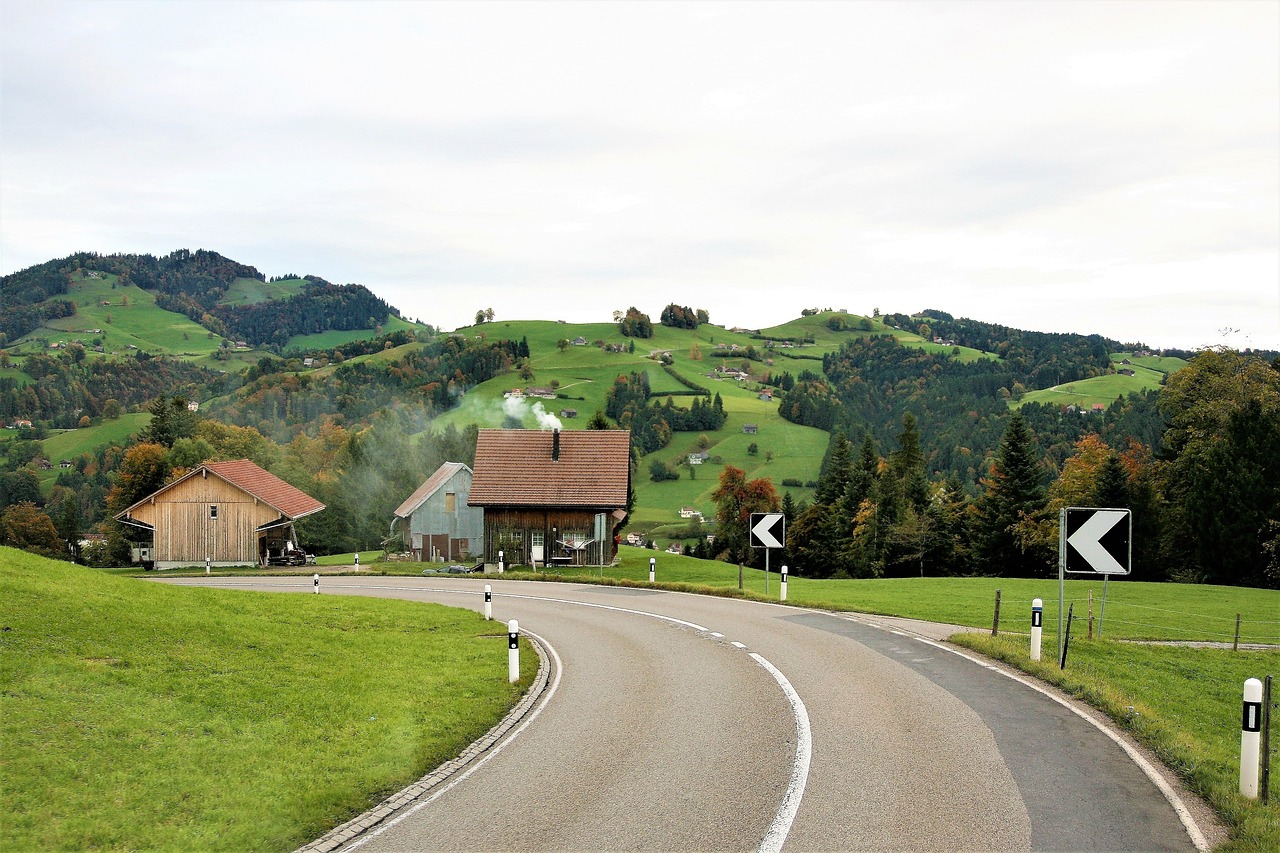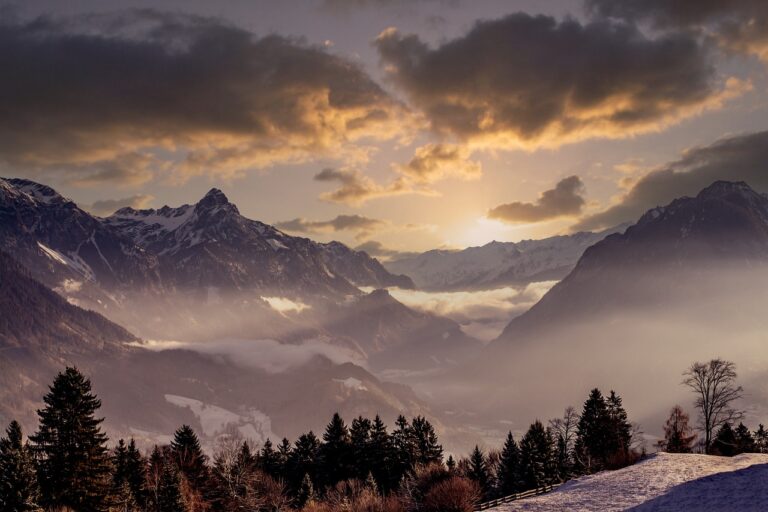Traveling for Pilgrimage: Exploring Famous Religious Routes
One of the most important aspects of pilgrimage routes is the religious significance attached to them. For many believers, following these paths is a way to deepen their spirituality and connect with the divine. Each route is often associated with specific religious figures, events, or miracles, making the journey a profound and sacred experience.
Pilgrimage routes are seen as a form of devotion and a way to seek blessings or forgiveness from higher powers. The act of embarking on these journeys is believed to bring spiritual growth and purification to the pilgrim’s soul. Along the way, pilgrims engage in prayers, rituals, and acts of penance, reinforcing their faith and commitment to their religious beliefs.
Historical Background of Famous Pilgrimage Routes
Pilgrimage routes have long been intertwined with the tapestry of human history, serving as conduits for spiritual growth, cultural exchange, and physical endurance. These ancient pathways were traversed by millions seeking solace, redemption, or simply a deeper connection with the divine. The origins of these famous pilgrimage routes date back centuries, with each route bearing witness to the trials and triumphs of countless generations.
From the Camino de Santiago in Spain to the Kumano Kodo in Japan, every famous pilgrimage route holds a unique historical significance that shapes its identity. The Camino de Santiago, for example, was a popular route for Christian pilgrims during the Middle Ages, drawn to the purported resting place of the apostle St. James. Likewise, the Kumano Kodo in Japan has been a sacred pathway for Shinto and Buddhist pilgrims seeking spiritual enlightenment amidst the serene beauty of the Kumano region.
What is the importance of pilgrimage routes in various religions?
Pilgrimage routes hold immense religious significance as they allow followers to connect with their faith, seek spiritual growth, and deepen their relationship with their beliefs.
How do pilgrimage routes reflect the historical background of a region?
Pilgrimage routes often trace back to ancient times, showcasing the historical events, cultural traditions, and spiritual practices of a particular region or civilization.
What are some famous pilgrimage routes around the world?
Some of the famous pilgrimage routes include the Camino de Santiago in Spain, the Hajj pilgrimage to Mecca in Saudi Arabia, the Kailash Mansarovar Yatra in Tibet, and the Char Dham Yatra in India.
How have pilgrimage routes evolved over time?
Pilgrimage routes have evolved from simple paths traveled by early devotees to well-established routes with dedicated infrastructure, accommodations, and support services for modern-day pilgrims.
What are the benefits of embarking on a pilgrimage along these historic routes?
Embarking on a pilgrimage along historic routes can provide spiritual rejuvenation, cultural immersion, personal growth, and a sense of connection to the past and present religious traditions.





